Quantum gravity seeks to describe gravity according to the principles of quantum mechanics, but can it be done?
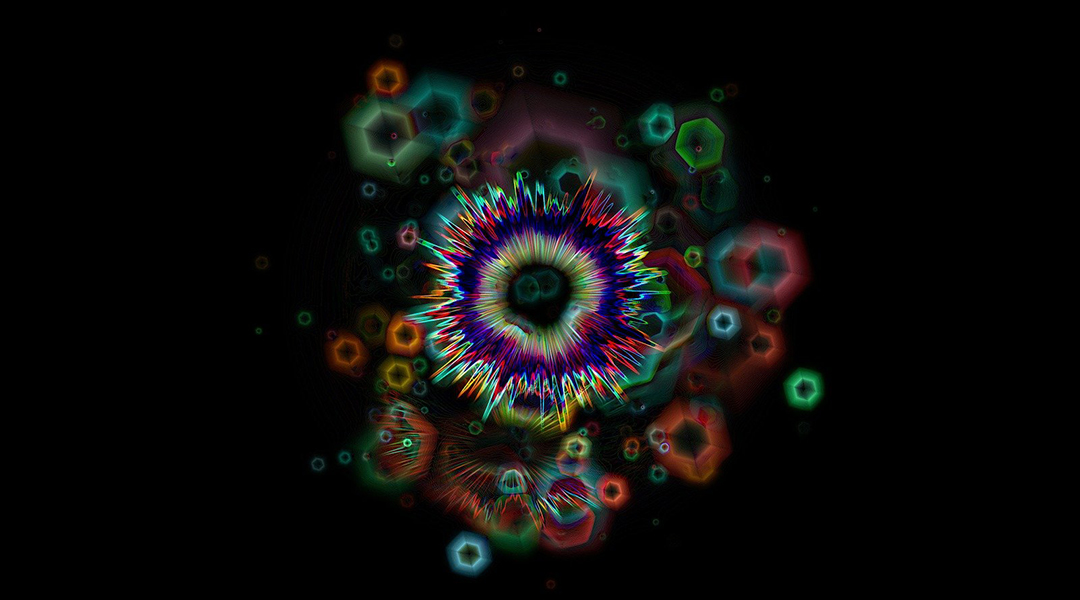

Quantum gravity seeks to describe gravity according to the principles of quantum mechanics, but can it be done?
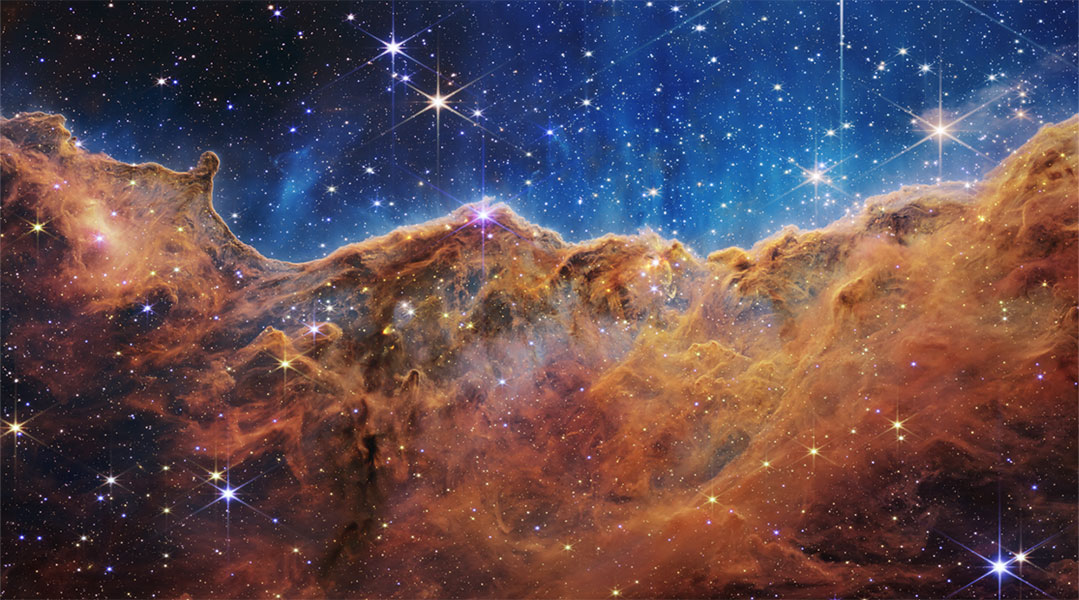
Astronomers are discovering that the rate of star formation in the universe is dropping, and they want to know why.
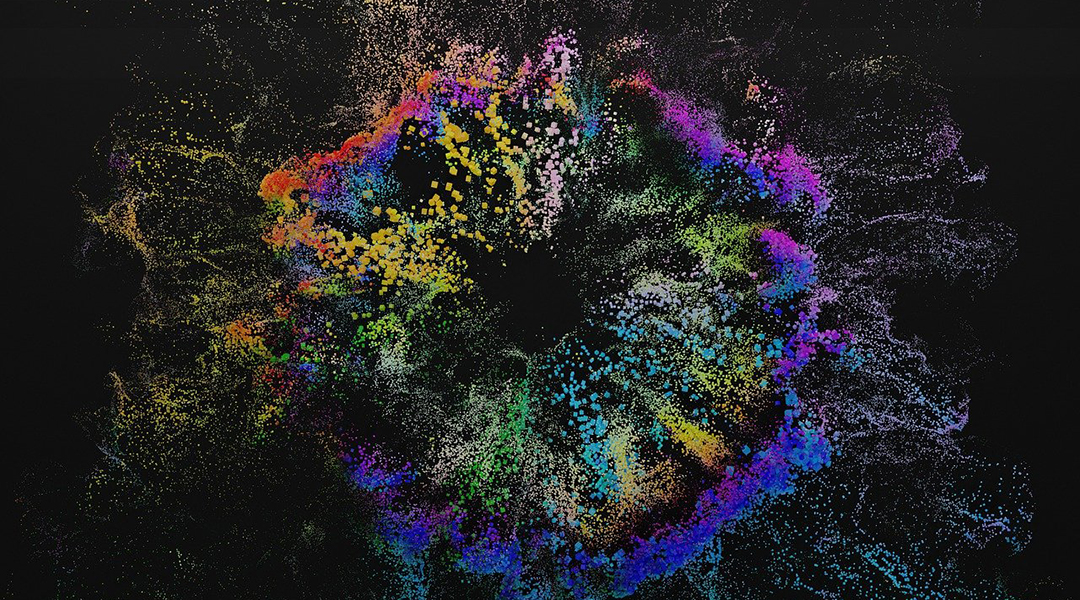
An elusive new elementary particle called the sterile neutrino may have just been spotted by physicists.

Astrophysicist and retired NASA astronaut Steven Hawley takes us through his fascinating career.
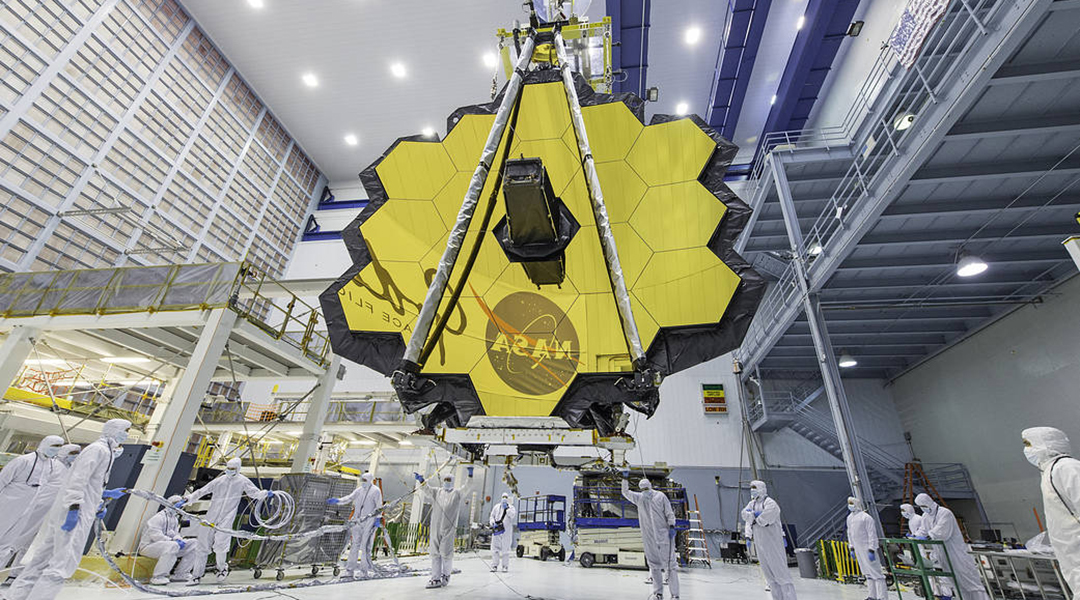
The new James Webb Space Telescope will collect infrared light from distant corners of the cosmos, enabling scientists to see further than ever before.
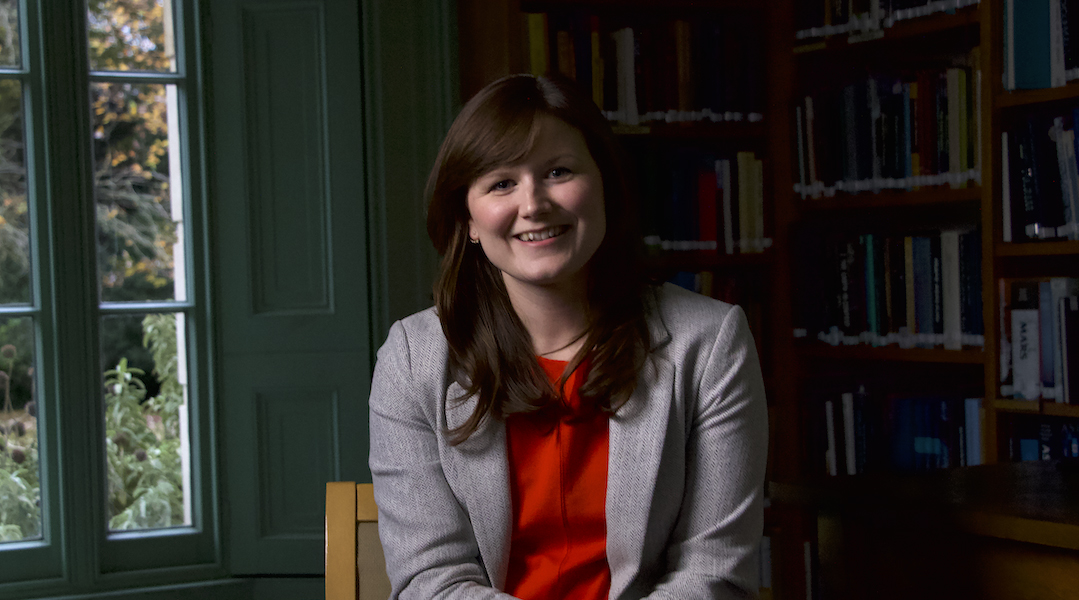
Your “friendly neighborhood astrophysicist” Becky Smethurst is enthusiastically exploring the universe and educating us along the way.

From astronauts to programmers and medical researchers fighting the COVID-19 pandemic, these women are pushing boundaries in STEM.

Through the noise, a class of stars reveals its inner workings; poor ‘social distancing’ identified using NASA space telescope
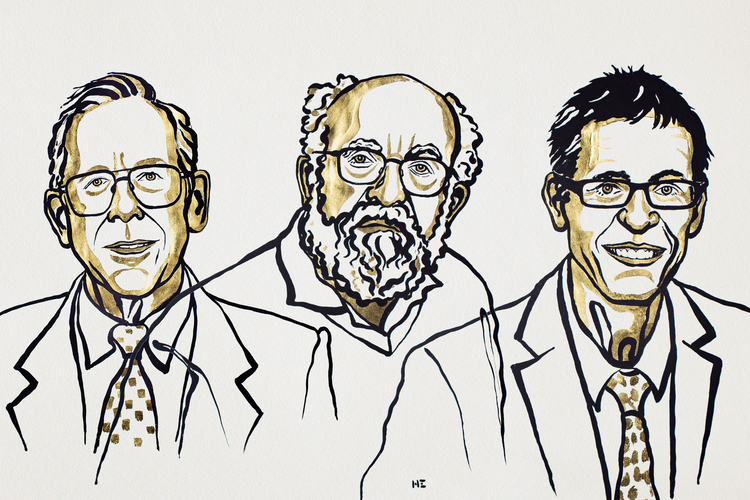
Prize awarded jointly to James Peebles “for theoretical discoveries in physical cosmology” and Michel Mayor and Didier Queloz “for the discovery of an exoplanet orbiting a solar-type star”.
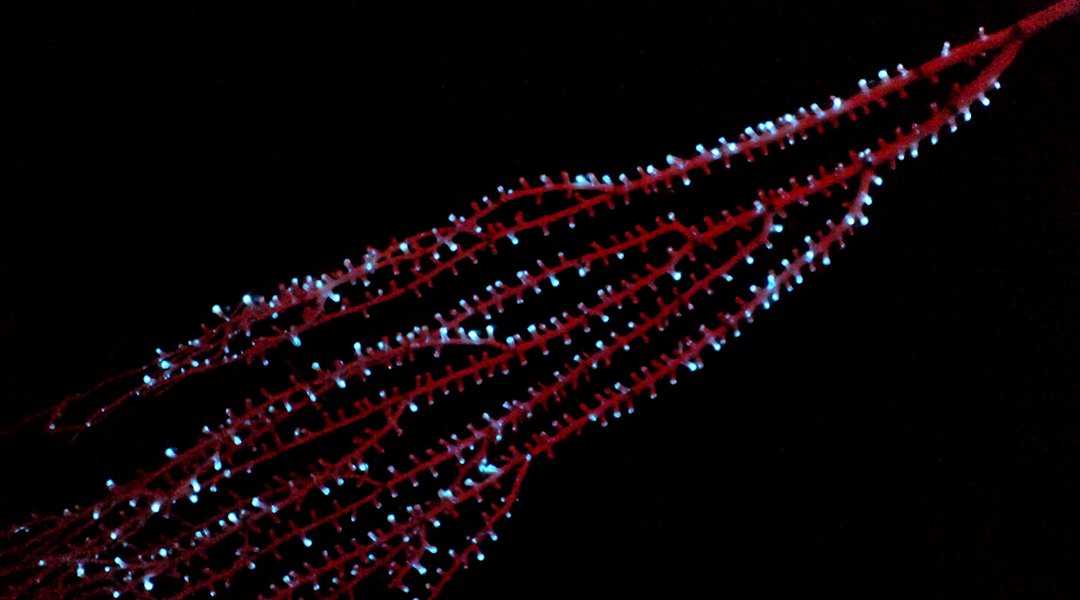
Bioluminescence has evolved independently in species time and again, but why this happened and when it first appeared has been a mystery.